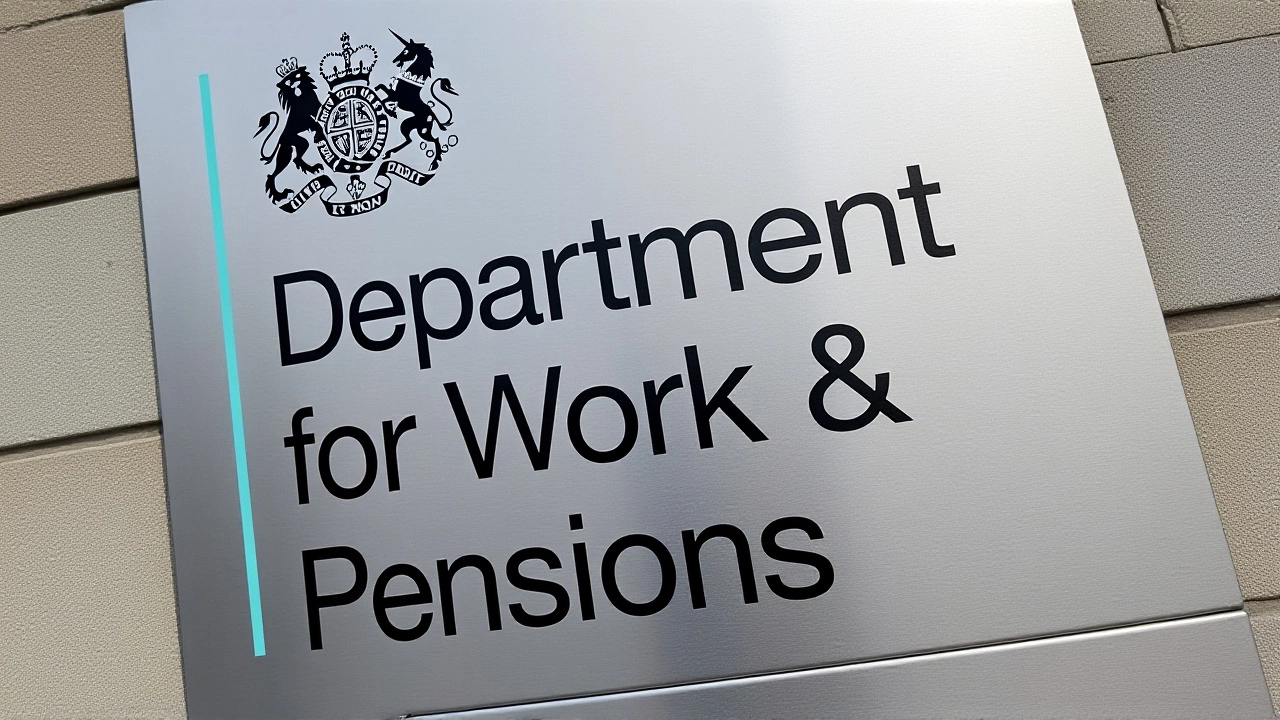When Department for Work and Pensions announced a £538 annual boost to the State Pension effective 4 October 2025, pensioners across the United Kingdom felt a rare sense of relief. The bump, roughly £10 more per week, is being billed as a lifeline against soaring energy bills and stubborn inflation.
Why the £538 bump matters now
The increase isn’t just a tidy number; it translates into a weekly rise from £221.20 to £230.25 for anyone on the new flat‑rate pension, and from £169.50 to £176.45 for those still on the legacy basic scheme. That extra £538 a year pushes many retirees just enough to keep the lights on during the winter months.
"We wanted to protect the real‑world purchasing power of our pensioners," said James Thomson, head of pensions policy at the DWP in a media briefing. "The triple‑lock is back, and this increase is a direct result of that commitment. It won’t erode other benefits like Pension Credit or Housing Support."
- Annual boost: £538 (≈ £10 per week)
- Effective date: 4 Oct 2025
- New flat‑rate weekly pension: £230.25
- Basic pension weekly amount: £176.45
- Compensation for WASPI claimants: £2,950 each
Historical backdrop: how we got here
The road to today’s figures is anything but straight. Back in 1948 the State Pension age sat at 60 for women and 65 for men. The 1995 Pensions Act forced gender parity, bumping women up to 65 by 2020. Then came the 2005 Pensions Commission recommendation that life‑expectancy trends should drive future changes, a principle enshrined in the 2007 Act.
Fast‑forward to the 2010s: the 2011 Act accelerated the equalisation to 65 by November 2018 and nudged the age to 66 between 2018‑2020. The 2014 Act pushed the ceiling further, setting a rise to 67 between 2026‑2028 and to 68 in the mid‑2040s. Each step sparked controversy, most famously among women born in the 1950s who felt blindsided by sudden jumps – the spark that ignited the Women Against State Pension Inequality movement.
WASPI compensation and the third review
As of October 2025, the DWP has opened an eligibility list for the Women Against State Pension Inequality (WASPI) compensation scheme. Those who qualify will receive a one‑off £2,950 payment – a modest gesture after years of legal battles.
Driving the new review is Dr Suzy Morrissey, leading the independent report side‑by‑side with the Government Actuary's Department. Their mandate? To sift through the latest life‑expectancy projections, demographic shifts, labour‑market trends and health data, then tell ministers whether the current timetable still makes sense.
"Our job is to balance fairness with fiscal sustainability," Morrissey told reporters. "If people are living longer, the system must adapt, but we also need to avoid surprising retirees with sudden age jumps again."
Reactions from the front lines
Pensioners' unions have greeted the £538 uplift with cautious optimism. The Unite pension chair, Mark Thompson, said, "Every extra pound counts, especially for those on a fixed income. We’ll be watching the upcoming review closely – the real test is whether future increases stay predictable."
Consumer advocacy group Citizens Advice warned that while the immediate boost helps, the looming rise to 67 by 2028 could still catch many off guard. "People need clear, early communication about when they'll hit the next age threshold," the group’s pension lead, Laura Patel, noted.

What’s next? The path to 68 and beyond
The third review, launched in July 2025 as required by the 2014 Act, will deliver a report by early 2027. Its findings will shape whether the rise to 67 between 2026‑2028 stays on track, and whether the later jump to 68 in the 2044‑2046 window should be accelerated, delayed, or even re‑structured.
Meanwhile, the DWP urges every pensioner to check their personalised forecast on the government portal. The tool pulls together National Insurance contributions, qualifying years and projected dates, offering a bespoke glimpse of when each individual will hit the next statutory age.
In short, the £538 increase is a welcome short‑term cushion, but the long‑term conversation about age, fairness and sustainability is far from over.
Key facts at a glance
- Boost amount: £538 per year, effective 4 Oct 2025
- New weekly rates: £230.25 (new pension) / £176.45 (basic pension)
- WASPI compensation: £2,950 per eligible claimant
- Third State Pension age review launched July 2025, led by Dr Suzy Morrissey
- Legislated future SPA rises: to 67 (2026‑2028) and to 68 (2044‑2046)
Frequently Asked Questions
How does the £538 increase affect current pensioners?
Recipients of the new flat‑rate State Pension will see their weekly payment rise from £221.20 to £230.25, while those on the basic pension move from £169.50 to £176.45. Over a year that’s an extra £538, which can mean the difference between covering a heating bill or not during winter.
Who qualifies for the WASPI compensation?
Women born in the 1950s who were pushed from a State Pension age of 60 to 66 without sufficient notice can apply. The DWP has released an eligibility list, and those approved will receive a one‑off £2,950 payment.
What is the purpose of the third State Pension age review?
Chaired by Dr Suzy Morrissey, the review will assess whether the projected rises to 67 (2026‑2028) and 68 (2044‑2046) remain appropriate given current life‑expectancy trends, labour‑market participation and health outcomes. Its recommendations will guide future legislation.
Will the pension increase affect other benefits?
The DWP has confirmed the £538 uplift will not reduce or interfere with Pension Credit, Winter Fuel Payment, Housing Support or other means‑tested benefits. Each scheme remains calculated independently.
When can pensioners check their updated SPA dates?
The government’s online pension forecast tool is live now. By entering their National Insurance number, individuals can see their exact State Pension age, projected increase dates and how the latest £538 boost will affect their income.


